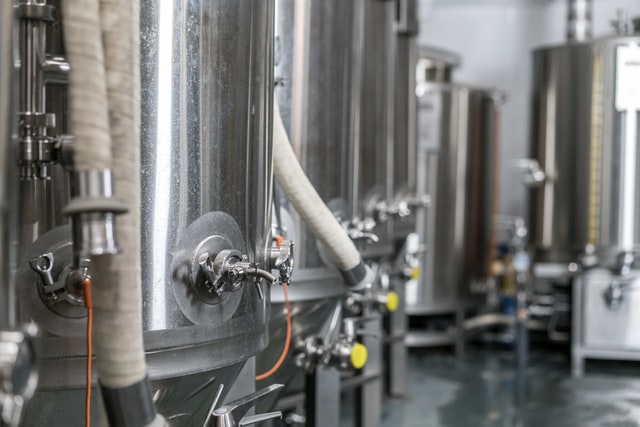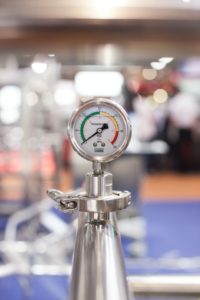January 11,2021

Did you know that chemical batch processing is not limited to batch size? In fact, it can range from small lab batches, to pilot batches, to even full-scale production batches. Chemical batch processing can require both simple and highly complex manufacturing equipment, which is determined by the chemistry, viscosity, and hazards of the product being manufactured. In this article series, we will explain the basics of chemical manufacturing, general equipment, and process details in order to illustrate why our expertise can help customers grow effectively through toll manufacturing.
High-Speed Dispersion Batches
High-speed dispersing (HSD) equipment is necessary when you want to achieve a certain particle size or temperature through shear. These batches can require a ratio of one horsepower to every 10 gallons of material.
The premix means specific amounts of chemicals are mixed together prior to their addition to the batch. Manufacturers use a premix to aid in wetting out the material, to reduce temperature shock during the addition stage, or for chemical reaction reasons. Wetting out is when you allow the particles to be fully penetrated by the liquid in the batch, which may require additional time or heat.
It’s important to use a particle size that does not penetrate the surface of your cured applied coating, creating a gritty appearance. The majority of the product’s solids are added and dispersed in the grind portion using a special blade, which is specific to the size of the mixing vessel and set to a tip speed that achieves the targeted particle fineness. Tip speed is the relationship between impellor diameter and speed (see formula in Fig 1 below). In this portion, you want the solids content high to allow your mixing blade to shear down the size of the particles. Through product research and development, most formulas have a time and RPM target in place.
Choosing the correct blade size for HSD batches is also a crucial step. A blade should be 1/3 the diameter of the mixing vessel used and positioned ½ of its diameter from the bottom of the vessel. A round vessel with the blade positioned in the center is most efficient for mixing.
Fig 1.
Tip Speed = π × D × n
D = impellor diameter
n = impellor rotation speed
Once the grind has been verified, the remainder of the solvents, resin, and/or additives can be added. This portion is called the letdown. After the letdown, premix, and grind portions, the batch should be brought in for quality control (QC) testing.
Blends

Blend batches are physically the simplest and require the least amount of equipment—usually just a low-speed prop blade and vessel. These batches require only low shear mixing to achieve targeted raw material incorporation, and they may become tricky if there are temperature control parameters due to chemical reaction. Those requiring temperature control are typically handled in a jacketed vessel with supplied cooling water.
Interested in Learning More?
Riteks is a leader in custom chemical manufacturing for oilfield chemicals, coatings, adhesives, and sealants, concrete admixtures, and more. For more than three decades, we have shared our expertise with manufacturers worldwide, meeting contract manufacturing needs. Contact us to discuss your needs today.





